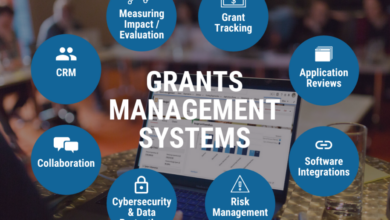3 Data Types Small Businesses Have on Hand to Begin Analytics Operations

These days, no business can afford to pass up the chance to gain an advantage over the competition. And the one place that every business can turn for such an advantage is their data. For small businesses, however, knowing where to start with a data analysis program isn’t easy. So many of them simply outsource the job and hope for the best.
Perhaps that’s why an astonishing 67% of small businesses now spend over $10,000 per year on analytics initiatives. That’s a significant sum for companies that — on average — don’t generate that much revenue. But using data doesn’t have to be expensive. In fact, most small businesses can create an analytics operation quite inexpensively. The key is for them to start by using data they already have and to rely on easy-to-use analytics tools.
By doing so, small businesses can create a data operation that pays for itself and its own expansion over time. To kickstart the process, here are three types of data most small businesses already have and what they can achieve by mining it for insight.
Employee Performance Data
Most small businesses try to keep their labor costs at or around 20%-30% of revenue. And even at that level, labor represents the largest single source of overhead in their budget. So it naturally follows that getting the greatest possible productivity out of every worker is an excellent way to contain costs and optimize outputs.
And to do that, all businesses have to do is harness data they likely already have about their workers. They can mine employee scheduling software for insights about how workers spend their days or can deploy software for employee monitoring if they so choose. Either way, the data can help to identify impediments to productivity, so managers can act to remove them from workers’ days.
And using employee data in this way can also benefit employee retention and inform recruiting efforts. That’s because it helps the business make decisions that boost engagement and reduce attrition. Best of all, countless off-the-shelf workforce analytics products can help small businesses use their employee data. And they don’t have steep learning curves or high startup costs.
Customer Service Interactions
Another valuable source of data small businesses already have access to is records of customer service interactions. These may include phone call transcripts, emails, and chat logs. And together, they paint a useful picture of how well — or how poorly — the business is treating its customers.
A good place to start is by giving managers access to the data using as few tools as possible. That means a single email client that displays all emails in one place, a single platform that creates and distributes call transcripts, and a single collection point for digital copies of chat logs. And they can start to analyze the data using simple online sentiment analysis tools.
This will help them to spot trends that could demonstrate common customer complaints and issues so they can be solved. And, it can also reveal which approaches and customer service tactics yield the best results. In both cases, it can help the business serve its customers better, which can only improve its bottom line.
Accounting Data
Last, but not least, small businesses can use their accounting data to improve their fortunes — literally. They can use it to defeat a threat that causes the collapse of around 82% of small businesses that fail. That threat is cash flow problems.
But today’s small businesses can avoid cash flow issues by turning their financial data over to an AI-powered cash flow forecaster. Today, such functionality is becoming quite common in small business-oriented accounting tools. And by using it, businesses can avoid overcommitting their financial assets and stay comfortably in the black at all times.
They can also plan for strategic investments while being certain that their ongoing revenues will cover the outlays. And while that may not seem like much of an advantage at first, it can prove decisive in crowded markets where a single financial slip-up can be catastrophic.
The Takeaway
The fact is that small businesses can start using data to their advantage without spending a fortune. And by starting with data they already have, they can do so without having to wait forever for their efforts to bear fruit. And by reporting on data to decision-makers with regularity, the business can pivot to become data-driven before investing even more time and money into analytics. That lays the groundwork for more effective use of data insights down the line and helps to ensure a faster return on investment for each subsequent data initiative. And that alone makes this a strategy worth its weight in gold for any small business that pursues it.




